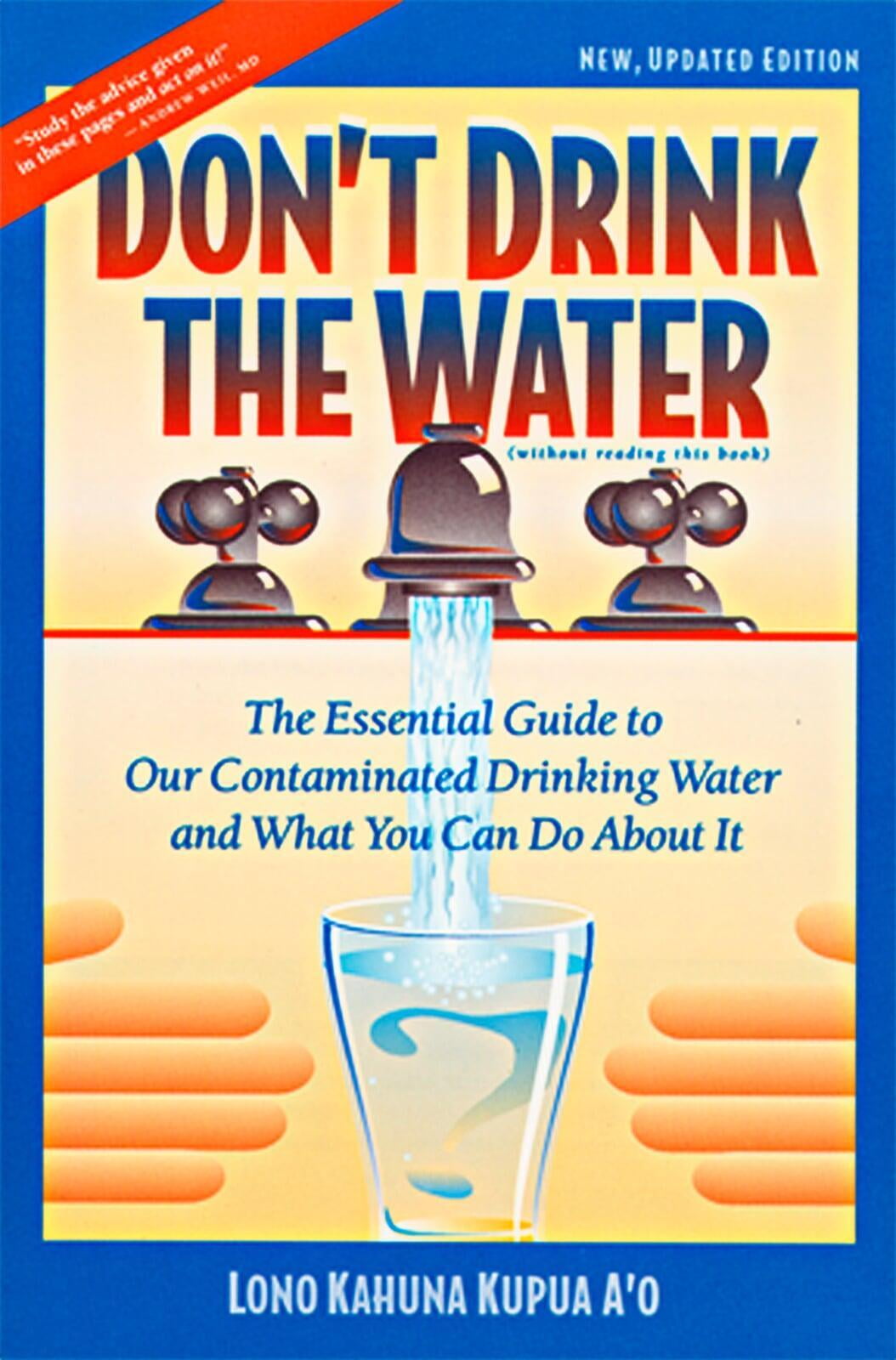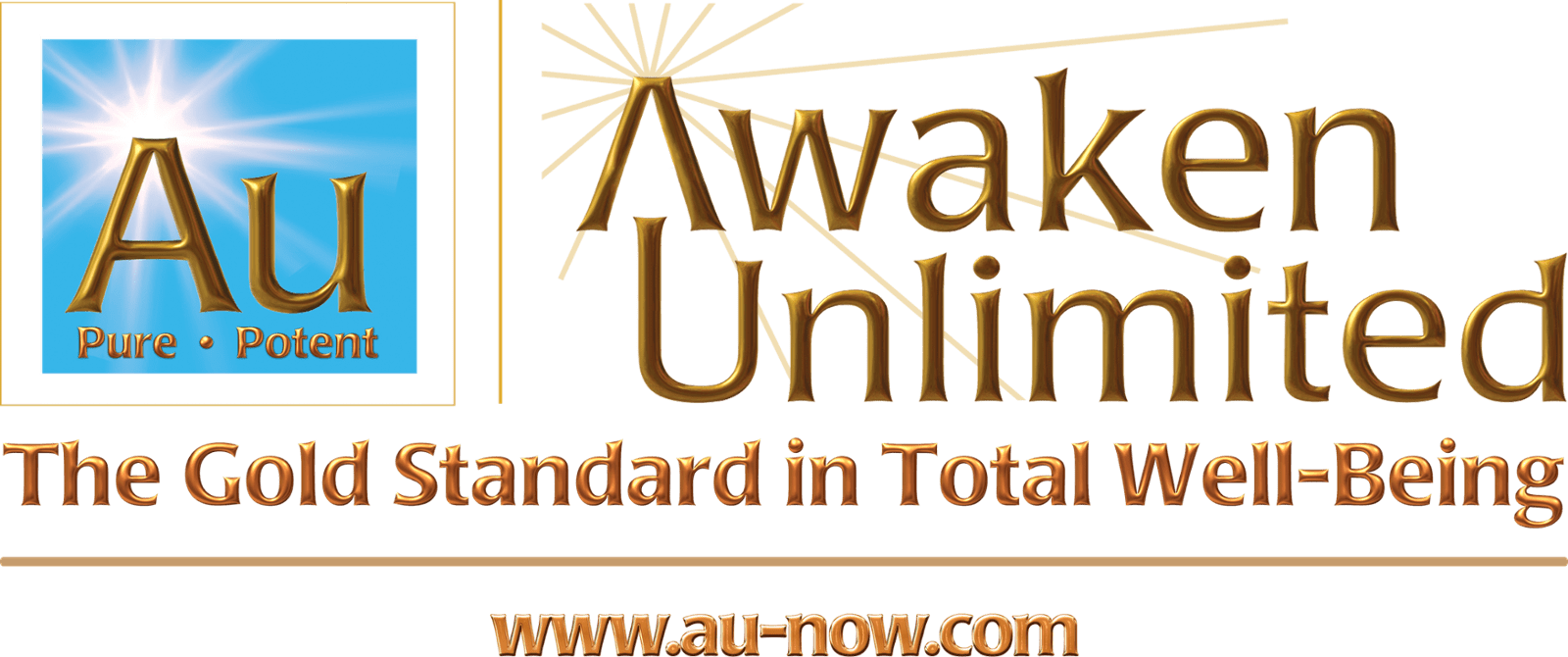An Ideal System For Treating Drinking Water
An ideal system for treating drinking water should provide safe and healthy water that tastes great and it should do it at a price that is affordable for the average family. To find a reliable supply of that kind of water is not as easy as a person might think.
To cope with our nation's water problems, some people buy cheap filters like the various water pitchers or faucet mounted filters and think they have done enough. A few are concerned enough to invest thousands of dollars on systems like Kangan and Jupiter Ionizers. Unfortunately these products don't remove many common dangerous contaminants, and can actually concentrate many toxic contaminants to the point where they make water unsafe. Not only that, but they also won't work at all when the power is out during emergencies and that is when you need safe drinking water the most.
Neither of these choices provide an ideal system for providing a safe and healthy supply of drinking water. Those who care about the quality of their drinking water soon come to realize three important things:
- Water is vitally important to health.
- There are many health risks associated with drinking water from the average tap.
- To have a reliable supply of clean, healthy water requires investing in a a highquality water treatment system that works reliably and effectively on your particular water source.
When it comes to finding an ideal system, the more you study the issue, the more you will discover that our line of LivingWaters™ Alkalizers are the only systems that can measure up to every aspect of what an ideal system should offer. Our product designs meet every standard set up by Lono Ho'ala in his bestselling book on water "Don't Drink the Water".

Begin your search by realizing that water can be a powerful form of medicine. That should not be surprising when you realize that all the chemical reactions that give your body its life and health take place in an environment of water. The cleaner that environment is, the healthier you are. That is why our founder Lono Ho'ala - a recognized expert at natural medicine - wanted all his patients to drink the best quality water possible.
Back in the day before he got into the business of designing and manufacturing water treatment systems, his main goal was to give people advice about how to find a water treatment system that would work best for them. This guidance was important because most people don't have a solid background in chemistry or other sciences, and can therefore become easy prey for advertising claims that are either untrue or irrelevant or both.
As a person with an extensive background in biochemistry Lono was able to look at the many claims made for water treatment products and see what was real. Because he didn't want to recommend any products, his goal was to give people a commonsense way of sorting through all the hype so they could find a product that best fit their needs. He produced a guide that became very popular. Eventually he was approached by a publisher who wanted to turn it into a book. That is how the book "Don't Drink the Water" (published by Lotus Press, Twin Lakes, Wi 2003 www.lotuspress.com) came to be. Soon after its publication it became the bestselling book ever written on the subject.
One of the most popular sections of that book is a 10point guide on how to select a water treatment system. While there is much more information in the book, the essence of this guide follows. If you want to invest your money in a water treatment system wisely, remember that the primary purpose for any water treatment system is to make your water SAFE! Whether water is alkaline or demineralized is FAR LESS IMPORTANT than whether or not your water is safe.
That may seem obvious, but notice how MOST water treatment systems are sold. What is the focus of the pitch? Stating that "this system makes water taste great" or "our system creates an alkaline stream of water that is healthy for your body" or "our system reduces contaminants" is NOT THE SAME as saying that the system makes your water SAFE TO DRINK!
As you investigate your choices, if you want to focus on SAFE WATER, you may find that what you really want is a water treatment system that:
- TOTALLY ELIMINATES dangerous water pathogens like bacteria, viruses, protozoan cysts, molds, and spores, AND doesn't support them to grow in the treated water;
- SUBSTANTIALLY REMOVES dangerous chemicals like drug residues, hormone disrupters, and the many other toxins penetrating the aquifers from pesticides, fertilizers, landfills, leaking underground fuel tanks, and industrial wastes;
- SUBSTANTIALLY REMOVES water disinfectants like chlorine as well as chloramine, and their toxic disinfection byproducts. Realize that more and more cities are starting to chloraminate the water. Chloramine is not easily removed by the vast majority of water treatment devices including reverse-osmosis systems and even distillers. If you have that kind of water what you want a system that can remove it effectively;
- SUBSTANTIALLY REMOVES dangerous inorganic compounds like fluoride, and metals like aluminum, lead, mercury, cadmium, chromium, arsenic and uranium from water.
- Doesn't reintroduce lead or other harmful contaminants back into the treated water;
- The system uses enough media relative to the volume of water treated, to insure an adequate contact time with water, to provide efficient removal of target contaminants;
- Is failsafe and redundant so that the water treatment system won't dispense unsafe water in the event of component failure;
- Will work without power so you can insure yourself and your family a dependable supply of clean, healthy, safe water during emergencies like floods, hurricanes, or other times when power can be out for a considerable period of time. Remember, this is when you need a dependably safe supply of water the most.
- Uses only proven technology incorporated into standard size commercial grade components so that the system will be reliable and less likely to become obsolete. Made in this way a system can be easily modified and upgraded as a person's circumstances change thereby saving both money and resources.
- Can be purchased at a price that offers a solid value, and is a system that is easy to install and reasonably inexpensive to maintain.
This guide has been enormously popular. In its current incarnation it is called the "LivingWaters™ Guide to Buying a Water System." It contains much more information than is presented here. The "Guide" is available free of charge.
